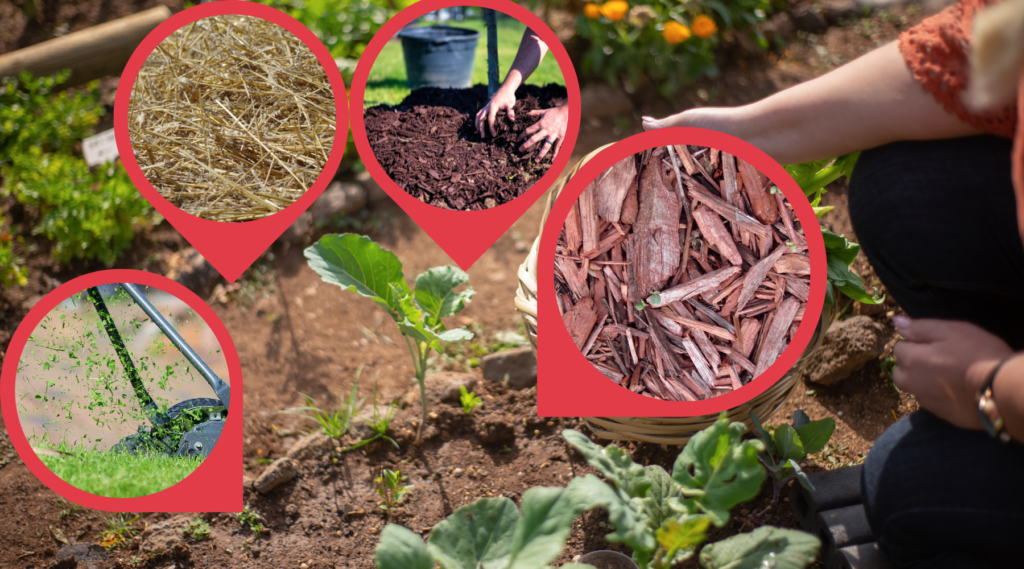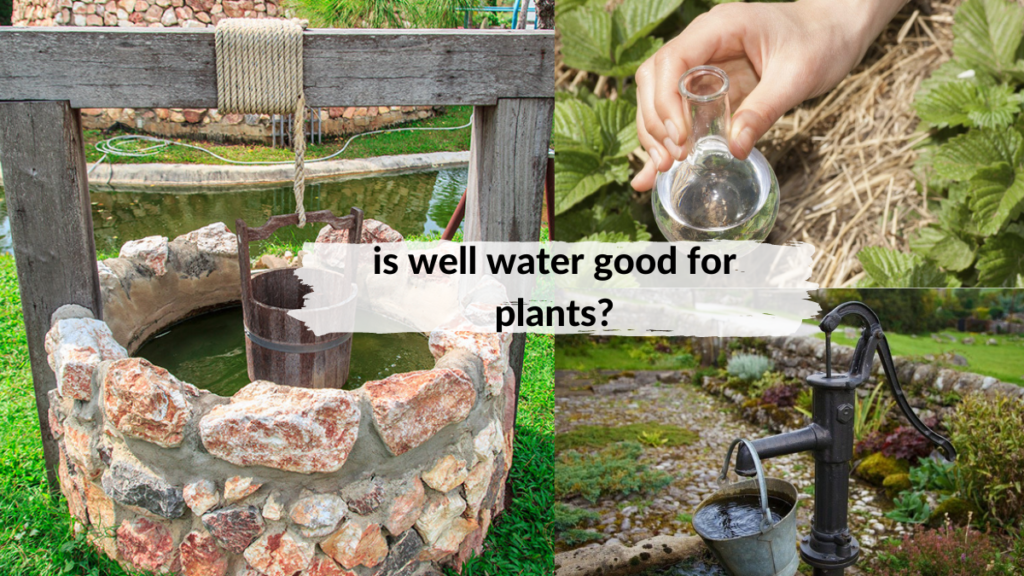Spring is considered the most active season for gardening. It is the time when most gardeners use the pent-up energy they have gathered over the winter. This is the time when you can head outdoors and start cleaning out, preparing your garden beds, repairing the hardscaping, and doing some moving and pruning to get a head start for the growing season.
spring gardening tips that you should keep in mind
To get started, the following are some spring gardening tips that you can do to have a successful launch of the season:
get started with a spring inspection
Among the first tips that you should keep in mind when spring gardening is that you should head out with your inspector’s hat and a notepad.
This is the right time to enjoy the warm days and see whatever happened in your garden throughout winter. Some of the things that you need to look at are the following:
- Snow, ice, or cold damage plants
- Beds that need to be cleaned
- Check for hardscaping elements that bowed, rotted, or shifted.
- Signs of new animal burrowers like chipmunks, skunks, rabbits, groundhogs, voles, and moles. Take note of rodent or deer damage on any woody plants.
tune up your garden tools
It is about time that you give your garden tools their needed attention, especially if you failed to store them properly before winter.
Pruners will benefit from sharpening and wooden handles must be cleaned and sanded. You should massage the handles with linseed oil as well. Take note of tools that are missing and make sure to get replacements before the new growing season starts.
work on gaps in your garden
Take a good look at your garden and choose new plants on certain parts that are bare. You can choose shrubs, perennials, or trees for spring planting.
From rare varieties or new varieties that you want to try planting for your spring garden, these are sure to make your garden look fuller and livelier.
freshen up the lawn
If your garden has grass, spring is considered a crucial time to give your turf attention. You can ask for a leaf blower and mower for servicing or if you have the necessary equipment, you can do this task. Just make sure you sharpen the mower blades, refill the oil, use fresh spark plugs, and then lubricate all moving parts.
Clear up the lawn from all the winter debris and search for areas that require reseeding before you start mowing.
address any hardscaping issues
Before the ground is ready to be worked on during early spring, you should focus on hardscaping. Early spring is when you can work on repairing retaining walls, clean out gutters, level out stepping stones, and fix sheds, decks, window boxes, trellises, benches, and raised beds. It is recommended to do these tasks during this time because the plants are still resting safely.
Early spring is also the best time to start planning and building new raised gardens or flower beds. You should also widen those that are existing and tidy up the edging. If the temperature allows, consider adding a fresh coating of stain, sealant, or paint to wooden hardscaping elements.
prepare new garden beds
If you plan to build new sets of garden or flower beds, then you should prepare them during spring. Just make sure that you dig the soil to add oxygen and relieve compaction in the new beds. You should add soil amendments such as compost because this will jumpstart creating living and nutrient-packed soil.
As soon as you can work on the soil, clear the planting area by removing debris, weeds, or sods. Spread at least 4 inches of compost or as an alternative well-rotted manure.
Any amendments you have can be used over the soil and then cultivate to at least 10 to 12 inches deep using a spading fork. Use a rake to smoothen the surface before you plant anything.
make a complete spring cleanup
Just before spring bulbs start popping up, you should clean plant debris out of the garden beds. This may include matted down leaves, fallen or diseased branches, last year’s perennial foliage, perennial hibiscus and ornamental grasses and other annuals you were not able to remove last fall.
You should maintain good hygiene in the garden beds to keep diseases and pests away.
This is also the right to clean any debris from any water feature. While doing this task, you should also start scrubbing and sterilizing your birdbath as well as other containers before you set them back in the garden. A bleach solution can be used to clean up these containers completely.
assess the garden soil
Experts say that garden soil must be assessed every 3 to 5 years to see the organic materials and nutrients that the soil needs and if there is anything that it has too much of. This will help you determine whether you need to stop adding fertilizers or if you must increase or decrease the alkaline level of the soil by planting acid-loving shrubs. Get to know the instructions in your state on how to collect and submit the soil sample from your garden.
pack your soil with needed nutrients
As soon as you learn the results from the garden soil test, you can then talk to a local garden center and get to know the specific products that you must use.
It is also recommended that you topdress the soil with a thin layer of compost pile or manure during early spring before the plant bulbs start emerging. Sprinkling slow-release plant food around shrubs and perennials is also a clever idea. Allow earthworms along with other garden creatures to do the job of working the organic materials down the soil.
get your sharp pair of pruners ready
Start pruning woody shrubs and certain trees. Begin with anything that has been damaged or broken by winter cold, ice, and snow. Include all dead wood too. Follow the general rule that flowering shrubs that bloom on new wood can be trimmed in spring. The flower bugs will set on new growth that will appear after pruning.
Shear back any evergreens as soon ass thee primary flush of new growth emerged. Avoid cutting flowering shrubs and those blooming on old wood. If you prune them, you might cut the flower buds and not see future flowers grow.
divide all your perennials and transplant all shrubs
Spring is when perennials start popping up, so it is the right time to divide perennials and transplant them to a new place. You should do this in the opposite season when these plants are blooming. This will avoid disrupting the blooming cycle of the plants.
You can move evergreen shrubs in early spring before new growth appears. This will allow them to re-establish their roots before the cold season starts. When the weather is mild, deciduous shrubs can be moved anytime. Moving them while they are still dormant will be less stressful for the plants and will allow them to quickly spring back.
build and put necessary plant supports like stakes and trellises
If you kept all plant supports during winter, it is about to build them up and put them up again. Make sure that they are still sturdy and freshly painted. Make sure that you put them up on certain plants like peonies and tomato plants as it may be hard for you to work on them once they start unfurling their leaves.
plant spring borders and containers
Plants that love cool weather can be planted in the garden at an earlier time, while most annual flowers can be planted once the soil warms up.
You can start filling your spring containers with plants such as Supertunia petunias, sweet alyssum, and lobelia. On the other hand, other annuals or warm season vegetables must be planted until the last frost date in your area.
put fresh mulch around perennials
To make your spring garden look more polished, you should add a few inches of fresh mulch to your garden beds. A fresh layer of mulch will help retain soil moisture and keeps weeds down. Make sure that you get more mulch to cover the bed completely.
Wear gloves and use a rake to add mulch and spread it evenly and thin enough so that it will not cause plants to have diseases. This will also help keep the mulch in place when it is windy or rains heavily.
prepare a cover in case freezing temperatures are forecasted
If the area of your garden is where late spring freezes and frosts, be prepared to cover the plants, especially those with tender emerging buds or foliage. Take note of the temperature forecast to learn when to cover them.
You can use old sheets or used towels that were relegated to your rag pile. Professional row covers can also be used for this purpose. Make sure not to use plastic tarps or sheeting to cover young plants. Instead of mitigating the cold effect, the plastic will only increase the cold’s effect on newly emerging foliage and buds.











